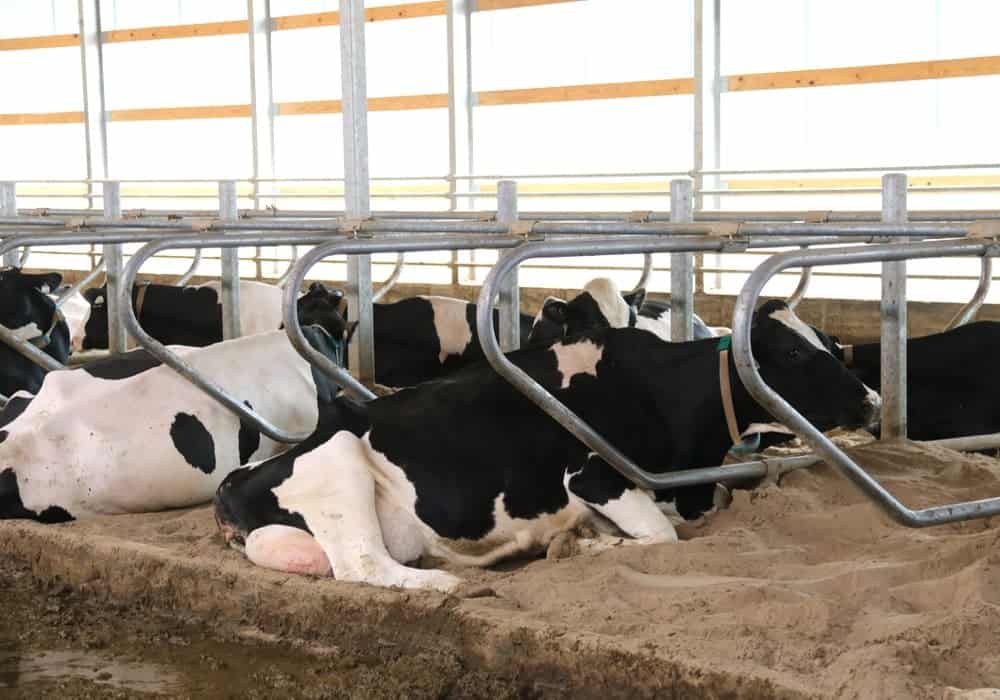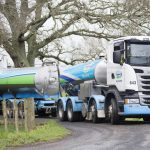
Canada’s Codes of Practice provide guidance for the care and handling of farm animals, and are used as educational tools, reference materials for regulations, and the foundation for industry animal care assessment programs.
This updated code replaces the previous one developed in 2009. This new code will be effective as of April 1, 2024, unless indicated otherwise. The 2009 dairy cattle Code will remain in effect until March 31, 2024.
“Canadian dairy farmers already follow some of the most stringent standards in the world, and the new Code of Practice will help them continue to provide the best in animal care while staying consistent with our industry’s history of continuous improvement,” says Pierre Lampron, president of Dairy Farmers of Canada (DFC). “This commitment to quality and care means dairy farmers are always looking to stay ahead of the curve and improve their practices, reflecting the most recent science on the welfare of their animals.”
Development of the code involved a public consultation period beginning in late November, 2021 and ending in January, 2022. The consultation garnered the largest number of comments ever received by NFACC for a code of practice, with over 5,800 individuals submitting over 45,000 comments.
The new code does contain implementation dates several years out, i.e. paired or group housing for calves 4-weeks of age and older by 2031. Some requirements, such as allowing for daily, untethered freedom of movement and social interactions of cattle year round will apply to any newly built barns. As of April 1, 2027, cows must not be tethered continuously throughout their entire production cycle (calving to calving)—they must be provided sufficient regular opportunity for freedom of movement to promote good welfare
The development of the Dairy Cattle Code was led by an 18-person Code committee that included participants from across Canada including dairy farmers, animal welfare and enforcement representatives, processors, researchers, veterinarians, and government representatives. In addition, the work was informed by a five-person Scientific Committee that included animal science and veterinary expertise in dairy cattle behaviour, health, and welfare.
The full code can be found here.
The project was funded in part by the Government of Canada under the Canadian Agricultural Partnership’s AgriAssurance Program.




















